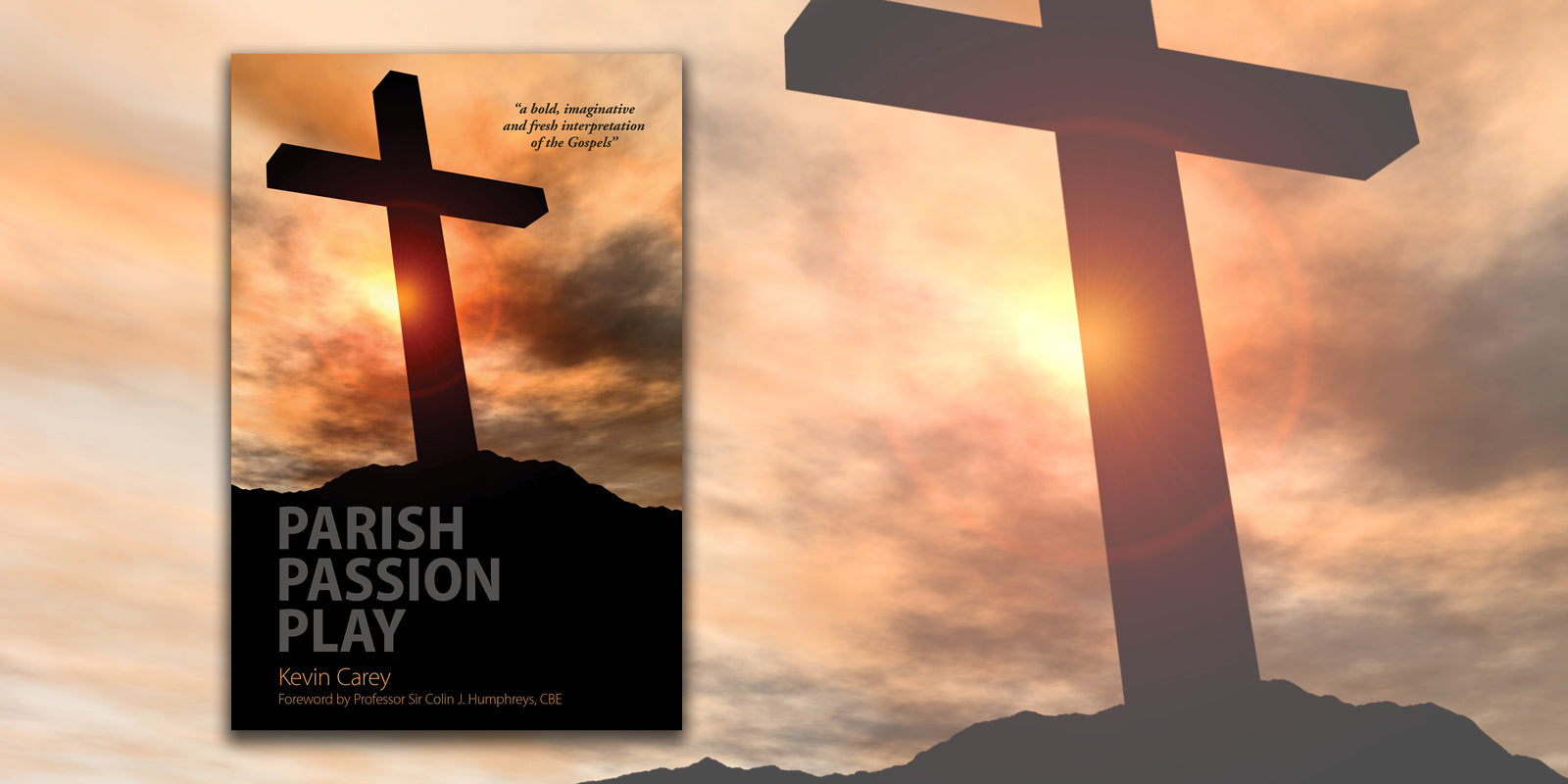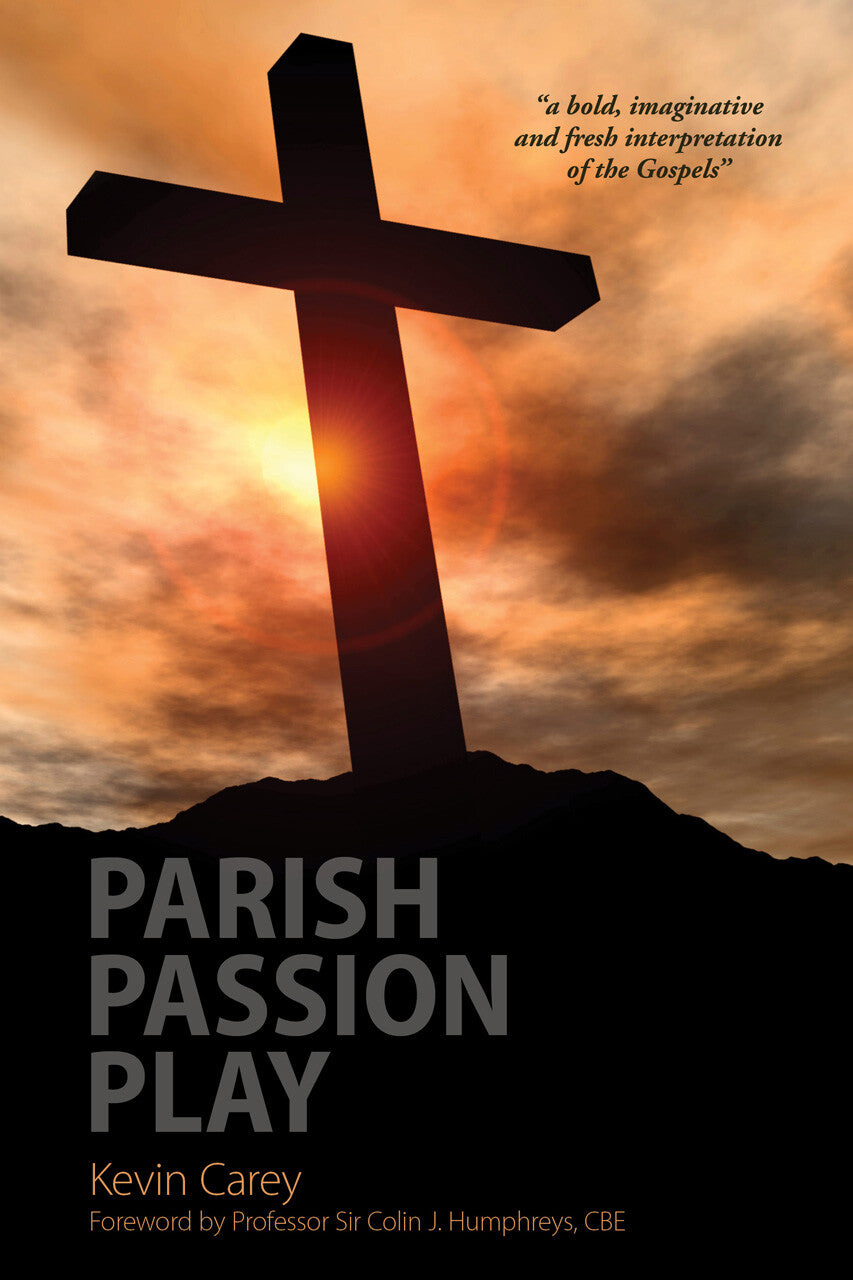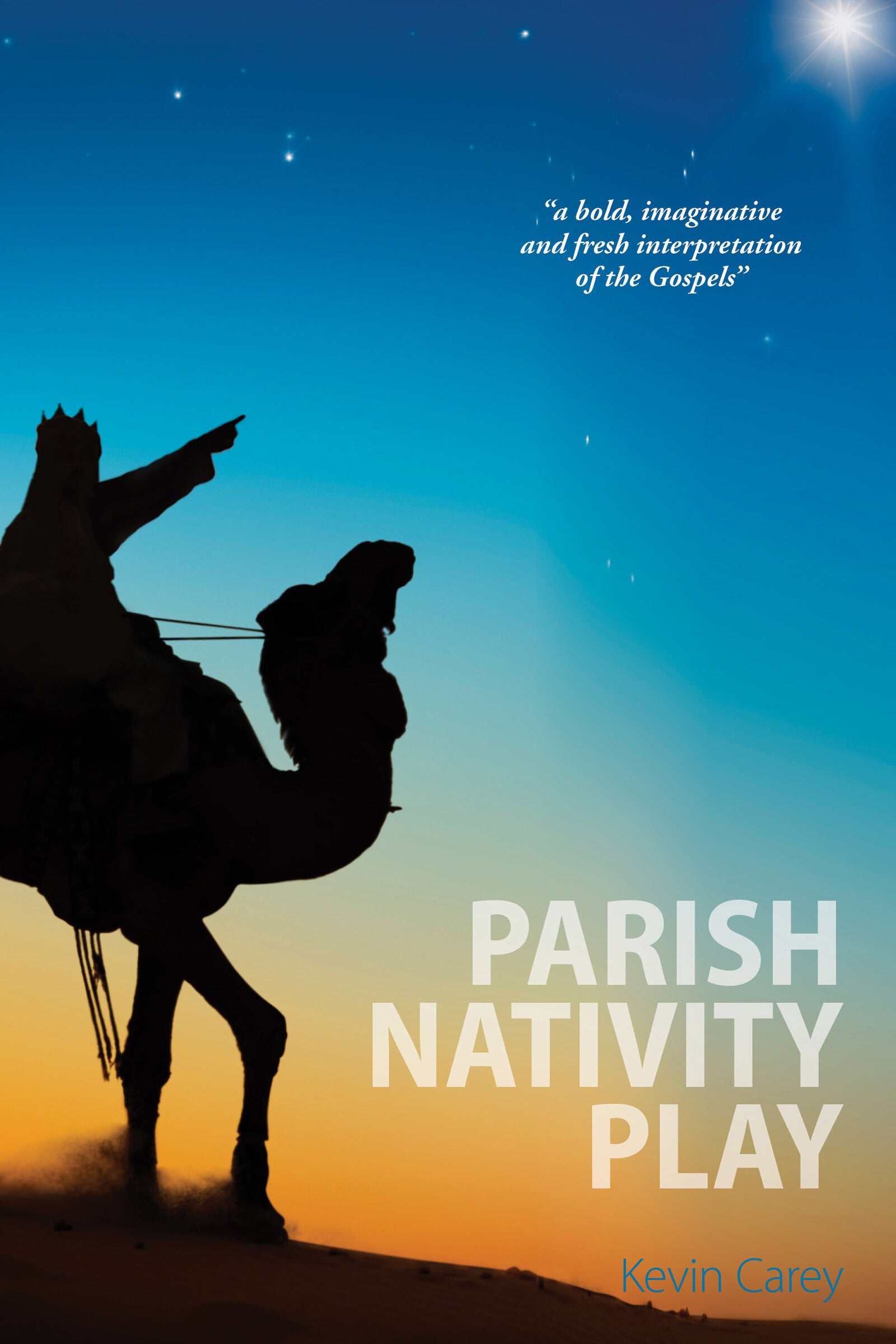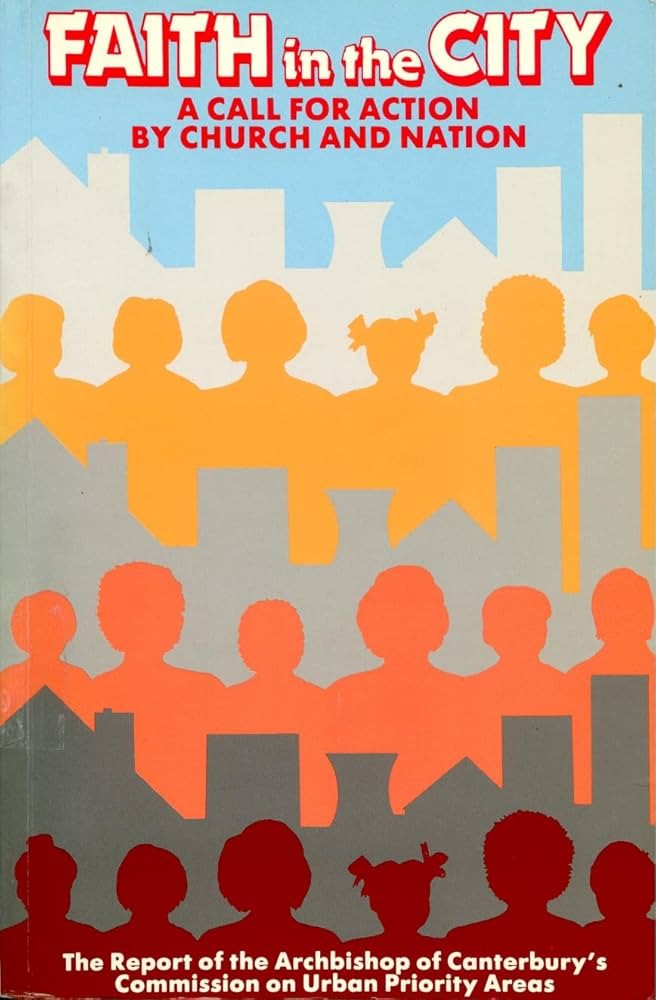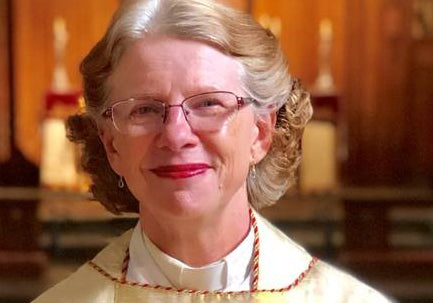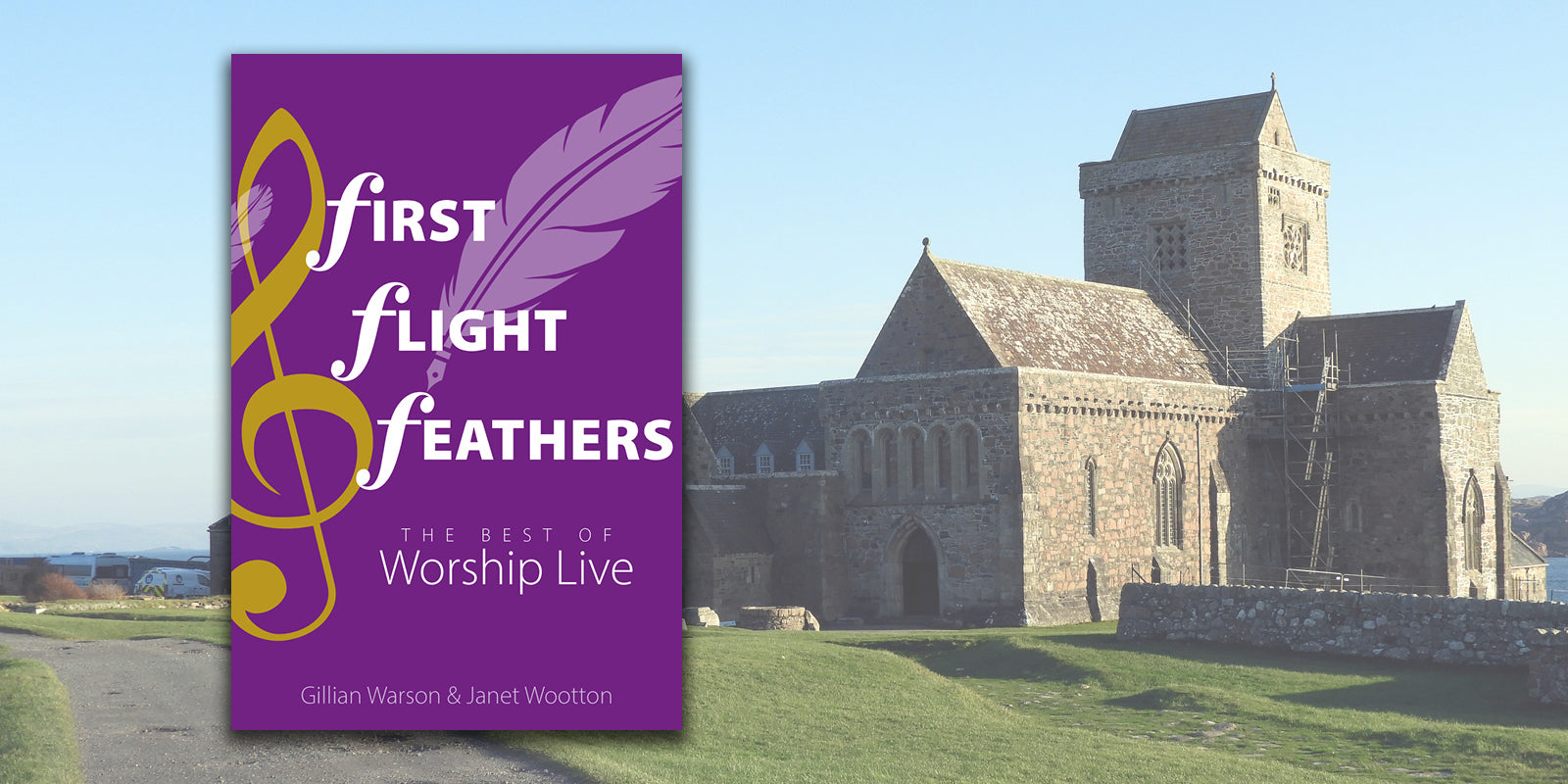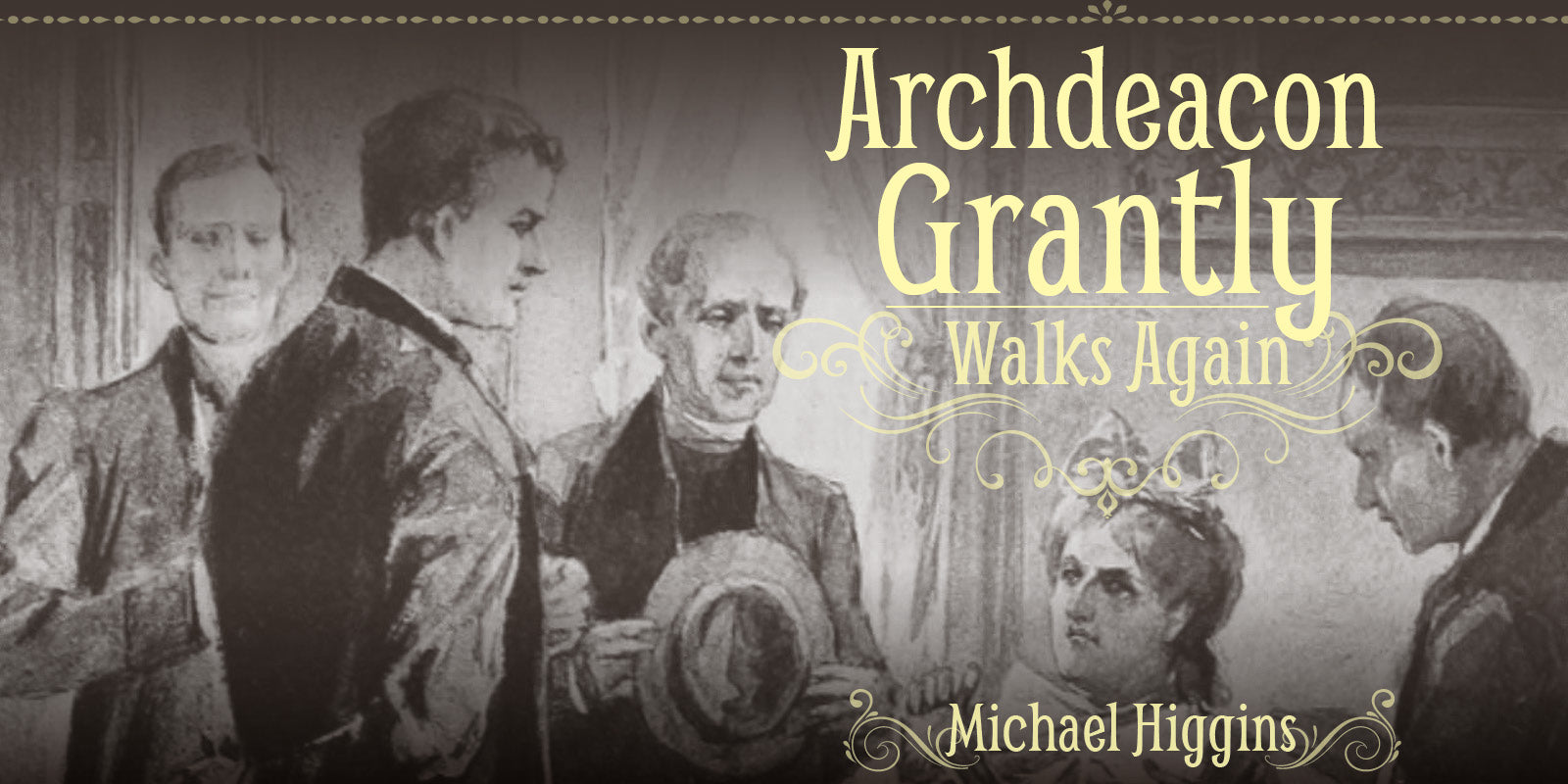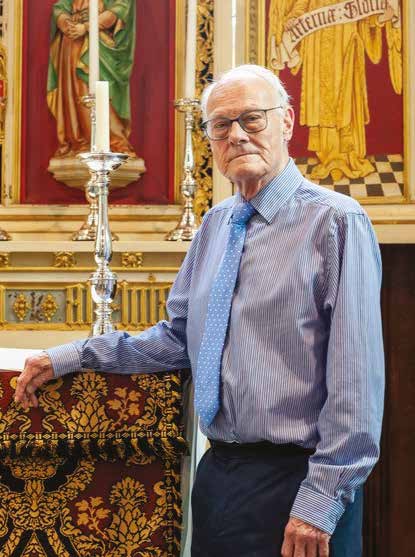Kevin Carey reflects upon the inspiration behind his work and the challenges of writing his Passion Play for parish churches.
If what we do in church is more a matter of accident and tradition than design, this is even more so in how we celebrate Christian events outside church: Medieval mystery plays were particularly popular in England whereas other countries preferred processions; Protestant Germany was saved from self parody by a series of composers beginning with Luther and culminating with Bach; and the children’s Nativity Play with its mixture of reverence and pantomime, is a peculiarly British tradition.
After visits to the Passion Plays at Oberammergau and Wintershall, I was struck that there were no smaller scale passion plays in English for parish acting. The only kind of play most parishes experience is the nativity play for children (which is why I have recently written a Parish Nativity Play for adults). So I decided to write a play which could be read aloud from the script by parishioners reading from a script; the play can be memorised and acted dramatically, but that is not the point. I establish the dramatic element by putting the “goodies” on one side of the chancel with the “baddies” on the other, with Peter shuffling between the two and Jesus dragged from one side to the other.
About the time, I began to write Colin Humphreys published his impressive book The Mystery of The Last Supper (CUP, 2011) which tackled head on the conflict between the Synoptic Gospels and John on the relationship between the Crucifixion and the Passover. Humphreys convinced me that Jesus celebrated his Passover meal according to the Essene calendar on Wednesday, was tried on Thursday morning, and was executed on Friday – a chronology which respects the fundamental rules of Jewish legal practice, which require a day between a guilty finding and the passing of the capital sentence. Having established a core chronology, the next question was where to begin.
In facing this, I decided, first, that the religious authorities were neither stupid nor apt to indulge in wanton execution and, secondly, that the combination of the raising of Lazarus and the Palm Sunday demo constituted a legitimate threat to Passover stability; so I began with the Raising of Lazarus which allowed me to include some Temple teaching including the “render unto Caesar” entrapment. This naturally led on to the Last Supper and the opportunity to condense John 13-17 before going on to the climax. To make the play realistic I had to expand the roles of the “baddies” – Annas, Caiaphas and Pilate. Needless to say, I'm ashamed to note that, in spite of four Gospels, they were easier to write for than Jesus!
Putting the text together for a true drama was a Tessarionic exercise, choosing the best bits from each Gospel as long as they didn't clash, with John providing most of the theology and Luke most of the drama. There’s a tension to be resolved between the Mark/Matthew desolation and the John/Luke triumphalism and I opted for more of the latter than the former.
The play is in blank verse because, counter intuitively, this is easier to read than prose for most people because it dictates where emphasis falls. As the play is written for parish churches, I have included some narrative passages set to plainsong to give the choir something to do, but these can equally well be read by a narrator. The duration is approximately 90 minutes.
Kevin Carey’s Parish Passion Play is available in our online shop, with discounted multipacks available.
